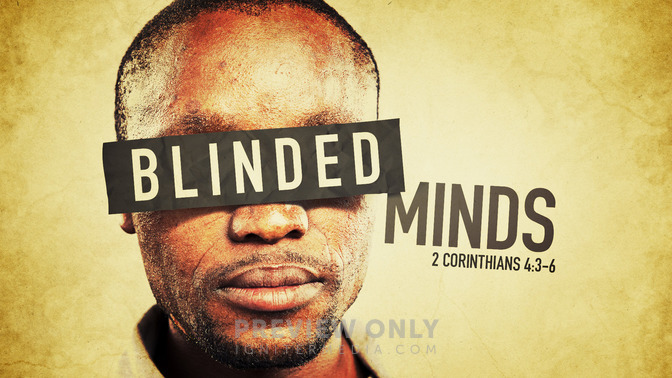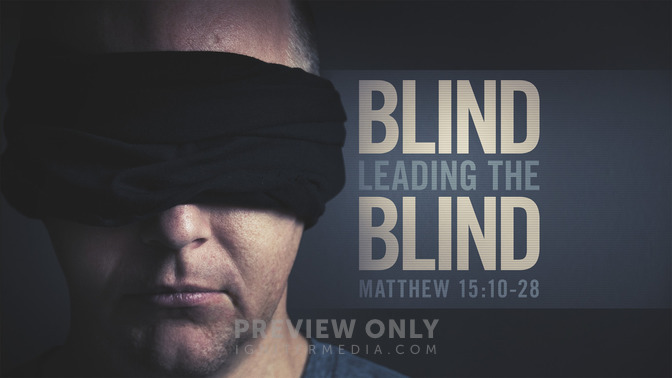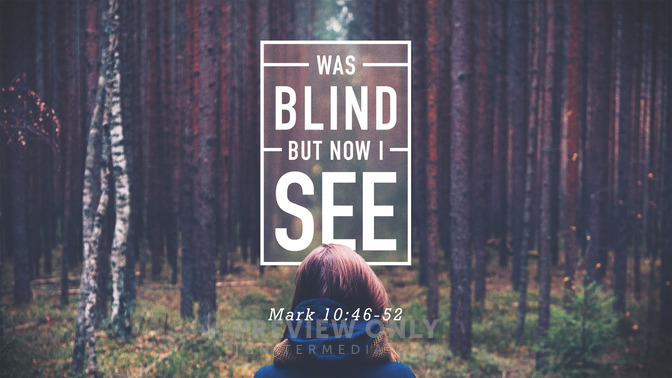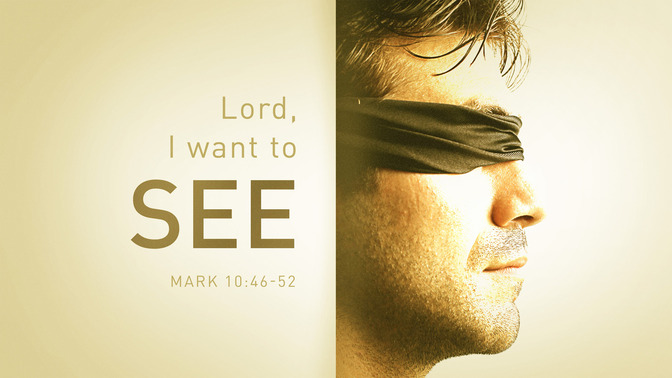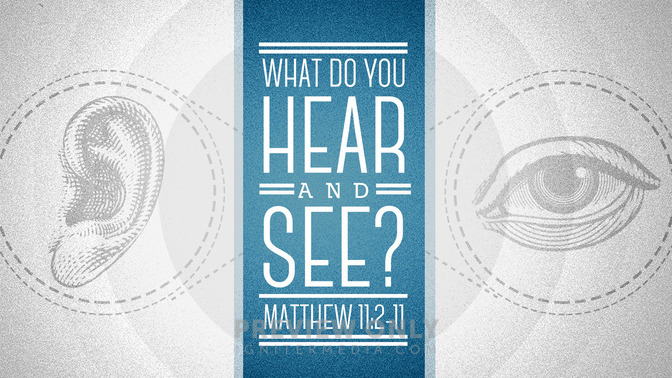Blindness was a common ailment in the ancient world. Some causes included old age (Gen. 27:1), trauma, or divine punishment (John 9:2). Israel was given special instructions to care for the blind (Lev. 19:14). True love helped the blind (Job 29:15), and misleading them was a serious violation (Deut. 27:18).
Blindness constituted a ritual blemish, but the blind themselves were not rendered “unclean,” though they could not function as priests (Lev. 21:18). Even blind animals were unfit for sacrifice (Lev. 22:22), a barometer of the people’s hearts that the prophets had to remind them of (Mal. 1:8). According to the Temple Scroll, the Qumran sect expanded the biblical qualifications and refused entrance to any blind person (11Q19 45:12–13). Now viewed as impurity, blindness in its midst would defile the whole community and dilute the emphasis of the community on “sight” as an eschatological sign (1Q28a 2:3–10; cf. Isa. 29:18; 35:5). Jesus and his disciples’ healing of the blind may have also been a critique against such separatistic practices (cf. Matt. 9:27–31; 12:22).
In figurative language, the Bible frequently describes the spiritual condition of people in terms of blindness. Isaiah capitalizes on the metaphor of blindness to describe the rebellious and apostate groups: prophets, priests, and rulers who were divinely afflicted with blindness (Isa. 43:8; 56:10; 59:10; cf. Zeph. 1:17). The anthropology represented in the OT posited three “zones” of interactive relationship: hands-feet (action), mouth-ears (speech), and heart-eyes (emotion with thought). The zone of heart-eyes related to blindness, since the notion of a dark heart emanated through the eyes. This tradition surfaced in Jesus’ teaching (Matt. 6:22–23; cf. 1 John 2:9–11).
Jesus highlighted the onset of the messianic age by fulfilling Isaiah’s promise to proclaim “recovery of sight to the blind” (Luke 4:18). Forty-six of fifty-two references to blindness in the NT are Gospel stories of Jesus’ healing. Because Jesus’ ministry was one of opening blind eyes (cf. Isa. 42:7, 16, 18), calling the Pharisees “blind guides” was a sharp description (Matt. 15:14; 23:16, 24). But on others, Jesus would impose blindness, the very reverse of his mission (John 9:39–41), since he came as the “light of the world” (8:12). Spiritual blindness as applied to unbelievers could be used to describe the failure or hard-heartedness of some to accept the true identity of Jesus Christ. Using similar language, Paul describes the pagan unbelievers: “The god of this age has blinded the minds of unbelievers, so that they cannot see the light of the gospel that displays the glory of Christ” (2 Cor. 4:4).
Nearsightedness and blindness can also be used to describe believers who have grown dull to the truth (2 Pet. 1:9) or tepid in their faith (Rev. 3:17). Believers are blind when they fail to grasp their true spiritual condition.
